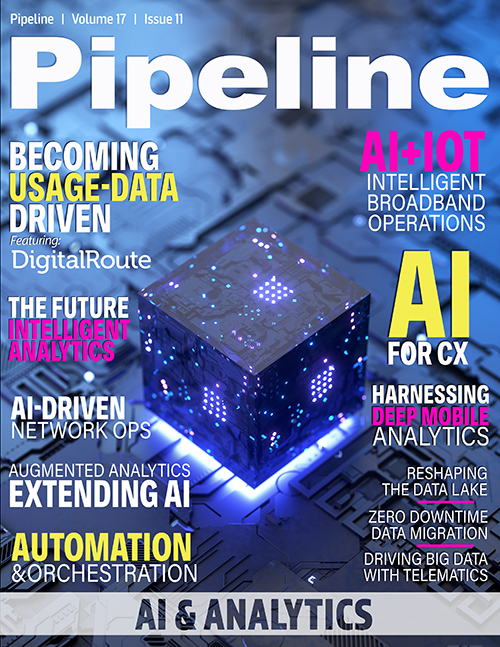Intelligent Broadband Operations
Predictive CX
Enabling next-generation, predictive, and proactive CX is ultimately about making broadband operations smarter. It starts with data and ends with tangible business outcomes. It allows service providers to identify network anomalies and performance problems and offer prescriptive solutions before customers can report a problem—and even remediate issues before they know there was a problem in the first place.
This is Ayla Networks’ approach, and it’s what sets us apart. With the right combination of our technology and our industry expertise, we collect and transform data via a predictive analytics model that enables detection, prediction, and resolution of highly persistent problems that frequently affect CX.
Making predictive analytics work in a service provider environment requires deep domain expertise that comes from an understanding of how home network devices work at a deep technical level. Combining artificial intelligence (AI) and IoT can be a game-changer, but only if you have the right domain expertise so that humans can design and train unsupervised models for a high level of accuracy and effectiveness.
At Ayla, we’ve intentionally hired for this crucial domain and technical expertise, bringing together a team with over 80 person-years of combined experience from top-tier service providers and suppliers. Our team truly understands how these devices work as well as how networks function and how they are architected. This is the human expertise that goes into building our predictive models—an augmented human layer of intelligence overlaying the AI—because AI is only as good as the programmer who builds it. We pair our data scientists with domain experts for every facet of our team, including our product experts, solution engineers, architects, and customer-facing talent.
The result is a modern, data-centric approach to delivering superior CX. When you’re able to get to the root cause, have better visibility and take automated, closed-loop actions, you can provide a superior level of assurance to the customer and minimize or eliminate the kind of disruption that generates those angry, and costly, phone calls.
A new approach
To explain how the Ayla Networks approach differs, let’s look at the old way of doing things. In the old days, circa the early 2000s, the TR-069 standard leveraged ACS systems, developed to push software and firmware updates down to set-top boxes. The TR-069 protocol enables remote and safe configuration of home network devices and other customer premise equipment (CPE). This legacy system is still being used today, and it has become a data collection point, and many service providers are running ACS and other systems on on-premises servers. This is problematic for many reasons, among them lack of visibility and control. Yet it’s the way they’re handling broadband operations, even though it’s rife with pitfalls.
By contrast, Ayla has developed a modern data pipeline system that makes it easy to collect, ingest and analyze device data from CPE or elsewhere in the network. It’s a unique, highly scalable data model that overcomes the key challenges of the IoT—the variety, volume, and velocity of the data coming in from a vast number of connected devices. This is the first step in the differentiation of data management. The second is the building of highly predictive machine learning-based models developed by data scientists and domain experts, as noted above. Developing effective models for IoT is dependent on a deep understanding of device data enabling us to extract meaningful data intelligence. The third, once these predictive models are deployed, is managing the lifecycle of the model. Because model predictions can taper off over time, you need to factor in new variables and update algorithms to continue to perform at the highest level, an approach that treats AI and machine learning as a managed service.


















